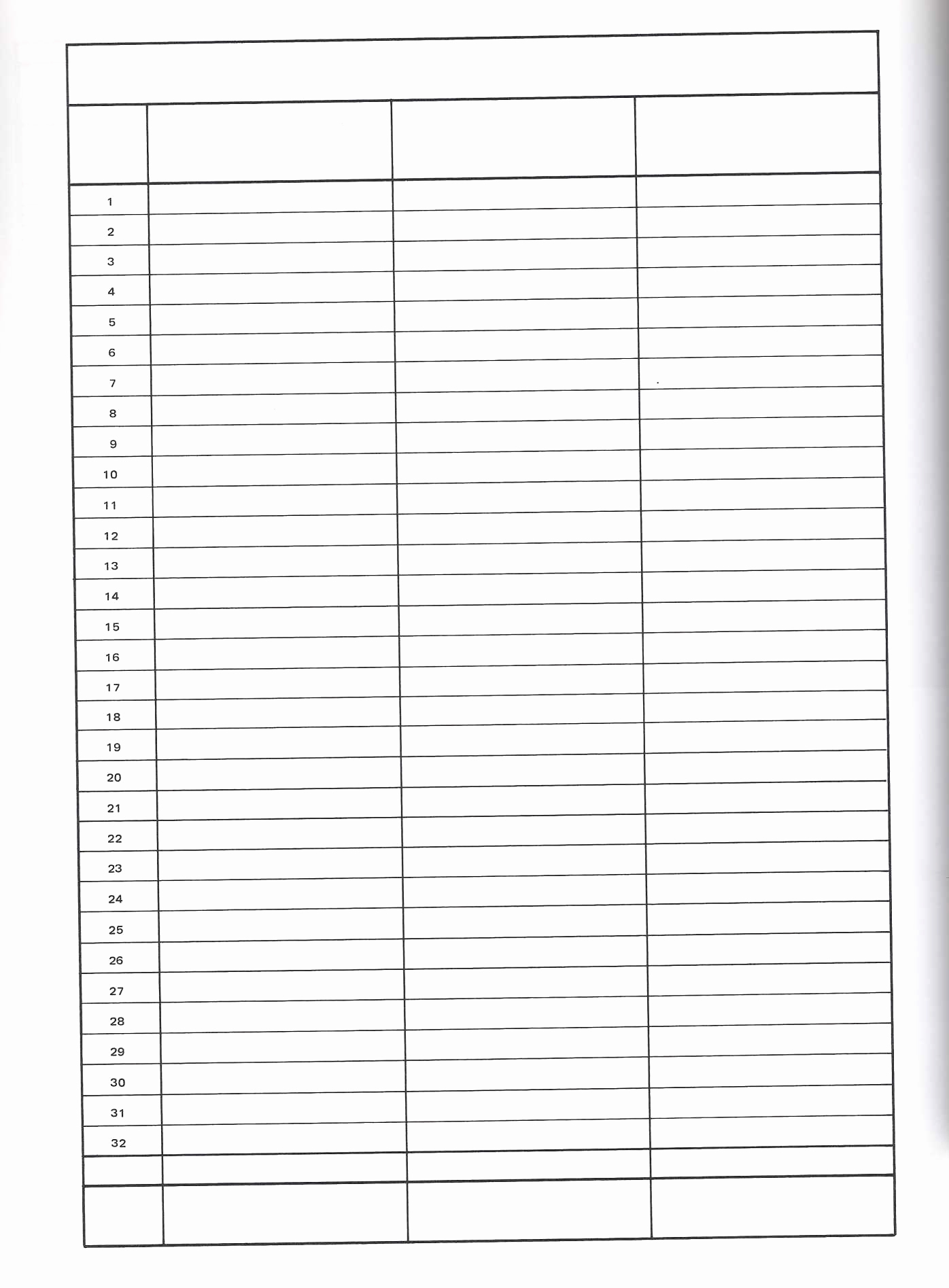Can COVID-19 Spread Through Paperwork? Find Out Now

The ongoing COVID-19 pandemic has impacted every facet of daily life, altering how we interact with our environment and each other. One area of concern that has arisen is the potential for the virus to spread through objects we touch regularly, including paperwork. This post delves into whether handling paperwork can indeed transmit the virus, offering insights into the virus's transmission mechanisms, the precautions one can take, and the overall implications for workplace safety.
Understanding the Transmission of COVID-19

Before addressing the specific question of paperwork transmission, it's crucial to understand how SARS-CoV-2, the virus causing COVID-19, spreads:
- Droplet Transmission: When an infected person coughs, sneezes, or talks, they release respiratory droplets which can land on nearby surfaces or be inhaled by individuals in close contact.
- Airborne Transmission: In poorly ventilated spaces, the virus can remain suspended in the air for longer periods, leading to transmission.
- Contact Transmission: Touching surfaces contaminated with the virus and then touching one's face, particularly the mouth, nose, or eyes, can introduce the virus into the body.
Can the Virus Live on Paper?

Research indicates that the virus can indeed survive on various surfaces, but the duration varies:
| Surface | Duration of Virus Survivability |
|---|---|
| Plastic | Up to 72 hours |
| Stainless Steel | Up to 48 hours |
| Cardboard | Up to 24 hours |
| Paper | Likely less than 24 hours |

While there's less research on paper specifically, it's reasonable to infer from cardboard studies that the virus might survive for a shorter time on porous surfaces like paper due to absorption.
Transmission Risk from Paperwork

The risk of transmission from touching paperwork:
- Low Risk: Paper might not retain the virus for as long as non-porous surfaces.
- Surface Contamination: If someone sneezes or coughs onto paper, it could become contaminated. However, if paper is stored in areas with good ventilation and regularly disinfected, the risk diminishes.
- Consideration: The amount of virus needed to cause infection (infectious dose) and the natural decay rate of the virus also influence transmission likelihood.
Mitigating Risks at the Workplace

To minimize the risk of transmission through paperwork:
- Practice Good Hygiene: Regular hand washing, avoiding touching your face, and sanitizing hands after handling paperwork.
- Implement Cleaning Protocols: Regularly clean high-touch surfaces and consider sanitizing paperwork or using protective covers for important documents.
- Reduce Paper Usage: When possible, transition to digital solutions to limit physical handling.
- Wear Masks: Masks can reduce the spread of respiratory droplets, thereby lessening the contamination of surfaces.
🔍 Note: While there's evidence of the virus surviving on surfaces, actual transmission rates from these surfaces remain low compared to person-to-person contact.
Impact on Office Safety Practices

Here are some ways office safety has evolved:
- Social Distancing: Ensuring workspaces are arranged to maintain distance reduces close contact.
- Increased Sanitization: Offices now have heightened cleaning protocols, focusing on frequently touched items and surfaces.
- Contactless Environment: Paperless solutions, virtual meetings, and touchless technologies help in reducing contact points.
- Training: Employees are trained in infection control and personal hygiene practices.
- Health Monitoring: Some offices conduct temperature checks or health screenings.
Final Thoughts

In wrapping up, it's evident that while the risk of contracting COVID-19 through paperwork exists, it's not a primary mode of transmission. The focus should be on overall hygiene, reduced contact, and utilizing digital alternatives where feasible. Understanding the nuances of viral transmission and implementing comprehensive safety measures will help in creating a safer environment, whether handling paperwork or engaging in other workplace activities. This comprehensive approach to health and safety ensures we are not only reducing the risk from paperwork but also from the myriad of ways the virus can spread within an office setting.
How long can the virus survive on paper?

+
The virus’s survivability on paper is likely less than 24 hours due to its porous nature, but it can still linger for some time if recently contaminated.
Should I be concerned about handling old documents?

+
Old documents pose minimal risk unless they were recently contaminated. The virus does not survive long in environments outside of a host or under UV light conditions.
Is digital document management safer?

+
Yes, digital document management reduces the need for physical interaction with potentially contaminated surfaces, making it a safer alternative during a virus outbreak.



